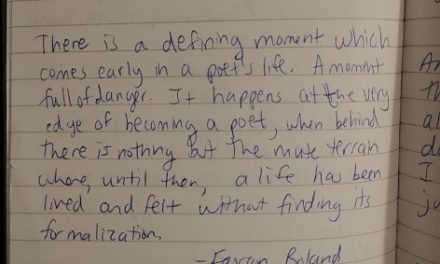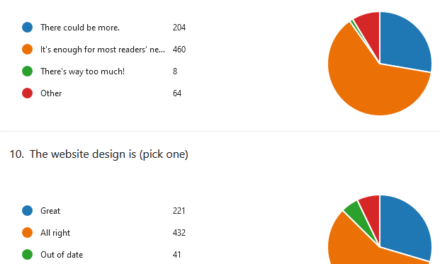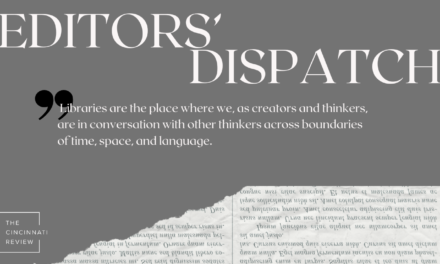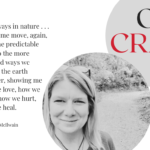This just in from our esteemed poetry editor and migrant worker (weirdly, that is how Ireland views Don while he’s on fellowship in Belfast).
Don Bogen: A word about money. There are seven kinds of banknotes accepted as legal tender here in Northern Ireland: those from the Bank of England, which (no surprise) have the Queen’s face on them; two different kinds of Scottish notes (which we have yet to see); and notes from four different banks on this side of the Irish Se a. Some of these Irish notes are fairly sober. One issued, as I recall, by Northern Bank features a nineteenth-century character with a foot-long black beard, faintly reminiscent of one of the Smith Brothers on cough drops. The Ulster Bank bills have a seal with Latin motto on the back. First Trust Bank goes for a more modern look, with the current bank directors—a smiling middle-aged woman with what appears to be a chain of flowers around her neck, a guy in a turtleneck—and points of interest in nature on the reverse. My favorites, though, are the notes from the Bank of Ireland (“established by royal charter 1783,” as we are informed on the front), which feature an engraving of a lady of that period and the official shields of the six counties that make up Northern Ireland. But the back is where things get really impressive. Some older bills from this bank show the main hall at Queen’s University (home of the Seamus Heaney Centre for Poetry): a late nineteenth-century structure pretending to be a Tudor manor house. The newer ones are even more notable, as they feature the Old Bushmills distillery not far from here in County Antrim.
a. Some of these Irish notes are fairly sober. One issued, as I recall, by Northern Bank features a nineteenth-century character with a foot-long black beard, faintly reminiscent of one of the Smith Brothers on cough drops. The Ulster Bank bills have a seal with Latin motto on the back. First Trust Bank goes for a more modern look, with the current bank directors—a smiling middle-aged woman with what appears to be a chain of flowers around her neck, a guy in a turtleneck—and points of interest in nature on the reverse. My favorites, though, are the notes from the Bank of Ireland (“established by royal charter 1783,” as we are informed on the front), which feature an engraving of a lady of that period and the official shields of the six counties that make up Northern Ireland. But the back is where things get really impressive. Some older bills from this bank show the main hall at Queen’s University (home of the Seamus Heaney Centre for Poetry): a late nineteenth-century structure pretending to be a Tudor manor house. The newer ones are even more notable, as they feature the Old Bushmills distillery not far from here in County Antrim.
The bills are multicolored and of different sizes for each denomination. As many folks have remarked, U.S. currency is considerably more boring. But what if we could return to the pre-Constitution days of each state printing its own money? It would be great to have an Ohio bill featuring the site of our offices at the University of Cincinnati, McMicken Hall, which is a mid-twentieth-century structure pretending to be a nineteenth-century New England college building pretending to be an eighteenth-century British estate. Or maybe a note featuring one of the local breweries—not as  picturesque as Old Bushmills but still close to what matters. Just across the river in Kentucky, of course, there’s a range of proud enterprises of the Bushmills variety—Maker’s Mark would take on a whole new meaning on the flip side of a twenty-dollar bill.
picturesque as Old Bushmills but still close to what matters. Just across the river in Kentucky, of course, there’s a range of proud enterprises of the Bushmills variety—Maker’s Mark would take on a whole new meaning on the flip side of a twenty-dollar bill.
What banknotes look like, of course, is a whole different matter from what they can buy. Suffice it to say that we have reduced our anxiety considerably by convincing ourselves that the dollar and the pound—in all its different varieties—are roughly equivalent. It’s amazing how far a little imagination can take you.










